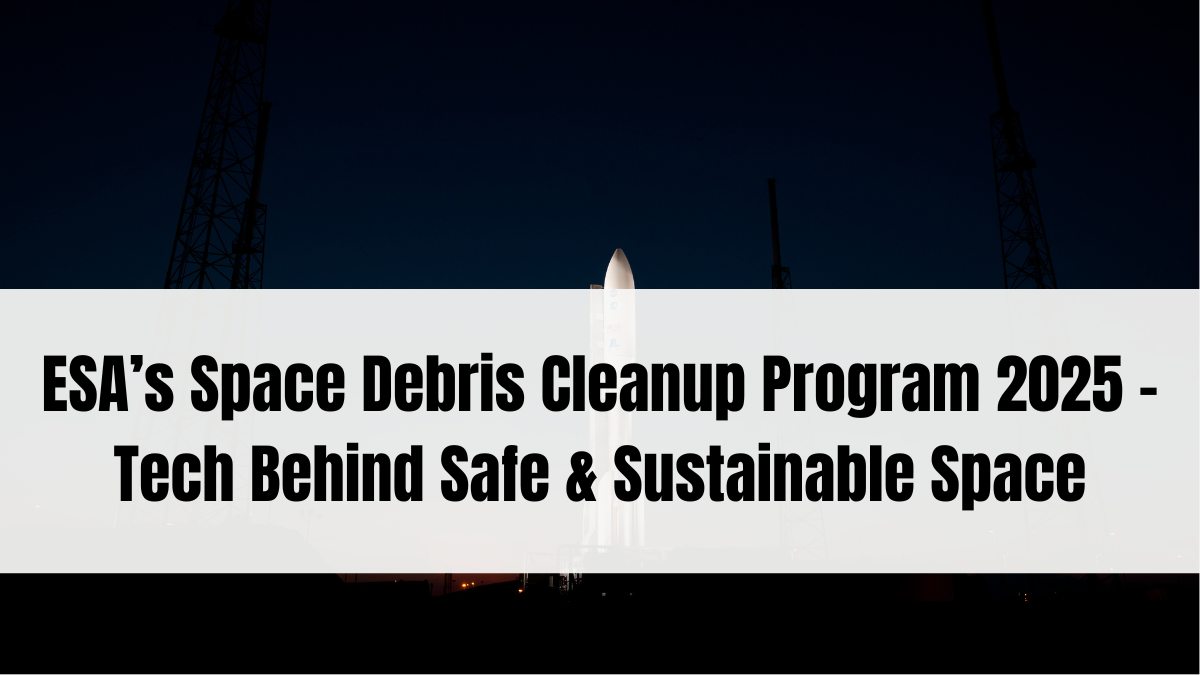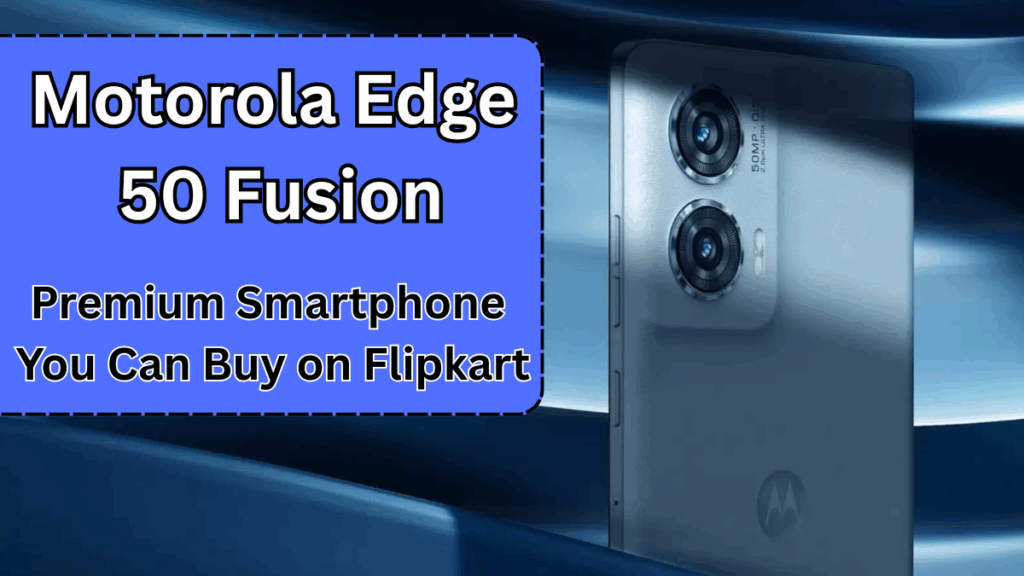With tens of thousands of defunct satellites, rocket fragments, and mission leftovers floating around Earth’s orbit, space has become dangerously crowded. Recognizing the growing threat, the ESA Space Debris Removal Plan in 2025 has emerged as one of the most innovative and urgent missions aimed at cleaning Earth’s orbital environment. ESA (European Space Agency) is now taking the lead in setting a sustainability standard for global space operations.

Table of Contents
Why Space Debris Is a Growing Crisis

The term “space debris” refers to non-functional objects in Earth’s orbit, including:
-
Broken satellites
-
Rocket stages
-
Shattered fragments from past collisions
-
Discarded equipment from space missions
These objects travel at high speeds (up to 28,000 km/h), and even a small piece can cause catastrophic damage to operational satellites or space stations.
Current Debris Stats (2025):
-
Over 34,000 large objects (>10 cm)
-
Nearly 1 million fragments between 1–10 cm
-
Countless micro-fragments causing untrackable damage
ESA’s Active Debris Removal (ADR) Mission
In 2025, ESA is deploying its ClearSpace-1 mission—an ambitious project designed to capture and deorbit debris from low Earth orbit using robotic arms and advanced tracking systems.
Key Features of ESA’s Debris Removal System:
| Component | Description |
|---|---|
| Robotic Arms | Flexible arms to capture and secure space debris |
| AI-Guided Navigation | Real-time object tracking and maneuvering |
| Drag-Enhancing Device | Accelerates reentry and burn-up in Earth’s atmosphere |
| Modular Design | Supports different types and sizes of debris |
Tech That Powers the ESA Space Debris Removal Plan
The program uses cutting-edge technology and space robotics:
-
AI-Powered Orbital Tracking: Automatically identifies and follows debris paths.
-
Autonomous Capture System: Robotic arms act like claws to grab debris in motion.
-
Green Propulsion Systems: Eco-friendly thrusters to limit additional pollution.
-
De-Orbit Kits: Attached to large junk, they guide it into Earth’s atmosphere for safe disintegration.
Global Collaboration and Standards
ESA is not working alone. The ESA Space Debris Removal Plan has led to international cooperation with:
-
NASA, JAXA, and ISRO for joint monitoring programs.
-
UN COPUOS for developing debris mitigation protocols.
-
Private companies like ClearSpace, Astroscale, and LeoLabs.
The goal is to create a “Space Sustainability Charter” for safe operations in orbit by all nations and private entities.
ESA’s Vision for Sustainable Space
ESA’s long-term space vision includes:
-
Orbital Traffic Management systems
-
On-Orbit Servicing: Repair and refuel satellites instead of abandoning them
-
Spacecraft Design Guidelines: Reusability and end-of-life plans
-
Global Regulation Enforcement for all space-launching nations
The ESA Space Debris Removal Plan positions Europe as a responsible leader in space sustainability while ensuring future missions are safer, cleaner, and efficient.
FAQs
What is space debris?
Space debris refers to man-made objects in orbit that no longer serve a useful purpose, including dead satellites and rocket parts.
What is ESA doing to remove space junk?
ESA has launched the ClearSpace-1 mission to actively capture and remove debris using robotic technology.
Why is space debris dangerous?
Even small debris can damage operational satellites or harm space missions due to the high velocity of objects in orbit.
Is ESA working with other countries?
Yes, ESA collaborates with agencies like NASA, JAXA, and ISRO to monitor and remove space debris globally.
Can debris removal become a regular activity?
With missions like ClearSpace-1, ESA hopes to create reusable systems that can be deployed regularly to clean orbit.
Click here to know more.






